|
Published on Archi.ru (https://archi.ru) |
|
| 24.10.2025 | |
|
Garden of Knowledge |
|
|
Elena Petukhova |
|
| Architect: | |
| Yuliy Borisov | |
| Studio: | |
| UNK | |
|
UNK architects and UNK design created the interiors of the Letovo Junior campus, working together with NF Studio, which was responsible for developing the educational technology that takes into account the needs and perception of younger and middle school children.
Editor’s Note
Everything most interesting in the history of humankind began with one apple – not just any apple, but the apple of knowledge eaten in the Garden of Eden. And although many view this moment negatively and continue to lament it, one cannot deny that it was precisely then that the first man and woman gained independence, self-awareness, and took full responsibility for their decisions. And aren’t these the very best qualities that every parent would like to see in their child – and that, one hopes, are nurtured in children during their education in various schools? At least, in those schools that are considered to be the most progressive nowadays. It’s no surprise, then, that the central motif of the interiors for Letovo Junior – the new campus of the Letovo School (also designed by UNK) – is nature, and, more precisely, the harmonious coexistence of nature and humanity. Images of trees, lawns, and hills are mixed with details evoking small houses, fences, and other cozy rural elements. The architects at UNK architects and UNK design, together with the NF Studio team responsible for the educational framework, aimed to create an environment that would be as comfortable as possible for children – and this “hobbitvillage” atmosphere turned out to be a perfect fit. All the more so since the architectural appearance of the Letovo Junior campus carries easily readable associations with a group of village houses with gable roofs and triangular pediments, which, by someone’s whim, are covered with a high-tech shell of glass and metal. This, however, is not the only remarkable aspect. Unlike the main Letovo school complex located outside the city, Letovo Junior has become part of a vast educational district under construction between Ramenki and the Universitet metro station, situated literally across the fence from the Lomonosov cluster. In the near future, the entire district will be built up, and nothing will remain of the former idyllic rustic landscape except the new Letovo Junior campus, with its cozy picturesqueness and human scale combined with a green territory that stands in stark contrast to its new futuristic surroundings. The interiors of the Letovo Junior campus are spaces that invite exploration – places where each and every child can find their own special corner, whether it’s a quiet spot to comfortably review homework or, on the contrary, a lively area for gathering with friends to talk about favorite online games or books. There are calm zones for concentration and spaces designed for more energetic pursuits, such as recording TikTok videos. Room by room, space by space, the architects and designers approached their work with a single goal: to make the environment engaging and safe for children, allowing them to feel free, at the same time learning independence and responsibility. The color scheme of the interiors is interesting, based on a combination of white walls with inserts of several shades of green and beige, as well as a large amount of furniture and equipment finished to resemble light wood. As a hyper-positive accent, the mustard color is used here. As a result, the interior turned out moderately cheerful but completely devoid of aggressive self-presentation. In photographs, it even looks a little bland, but this is a temporary state that will only last until its main characters appear in it – the children who will gain knowledge within these walls and, most importantly, discover themselves. Description provided by the architects
Letovo Junior includes a kindergarten, a school for grades 1-9, and an extracurricular education center. This determines the typology and diversity of recreation areas, which are divided by age, located in different architectural blocks, and, most importantly, differ in how exactly they are used – especially in how they manage the flow of children. When designing Letovo Junior, specialists from UNK architects, UNK design, and NF Studio drew on the best practices of the existing Letovo campus and on contemporary research in child education and development. The requirements for furniture and equipment vary for each age group. They must correspond to the psychological, emotional, and physical characteristics of children, while also supporting the educational methods used at each stage – from kindergarten to primary and middle school. Kindergarten group units are complex, transformable spaces that combine multiple functions. During regular hours, each unit is used for play and educational activities. At nap time, movable partitions can be used to create a separate sleeping area. The same partitions can also divide the room when two different activities need to take place simultaneously. The space includes storage for children’s belongings, toys, learning materials, and stackable beds. Primary school classrooms represent the next stage. There are no sleeping areas here, and single desks are used to support different learning formats: group work, individual research, lectures, and more. At the same time, there remains a designated area where children can leave their desks and sit on the carpet during lessons. The middle school focuses on developing skills through diverse learning formats. In addition to flexible classrooms, it includes specialized laboratories, a fablab, areas for robotics, and creative zones. The spatial organization encourages independence, an exploratory mindset, and teamwork. The main classrooms retain the principle of mobility: individual workstations can be easily rearranged to suit the lesson format – from lectures to group projects. Each classroom includes designated areas for children with attention deficit hyperactivity disorder (ADHD). Such a workstation features an isolated desk, a wobble stool, and an acoustic divider, allowing the student to separate from the class when needed, focus, and complete tasks. In today’s world, classroom furniture and equipment are no longer fixed features that limit a teacher’s methods – they are tools that allow the learning environment to be transformed according to the needs of each lesson. Letovo JuniorCopyright: Photo © Elena Pashkevich / provided by NF studioLetovo JuniorCopyright: Photo © Elena Pashkevich / provided by NF studio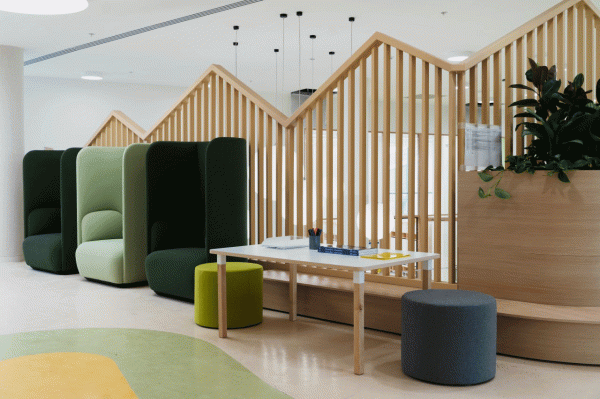 Letovo JuniorCopyright: Photo © Elena Pashkevich / provided by NF studio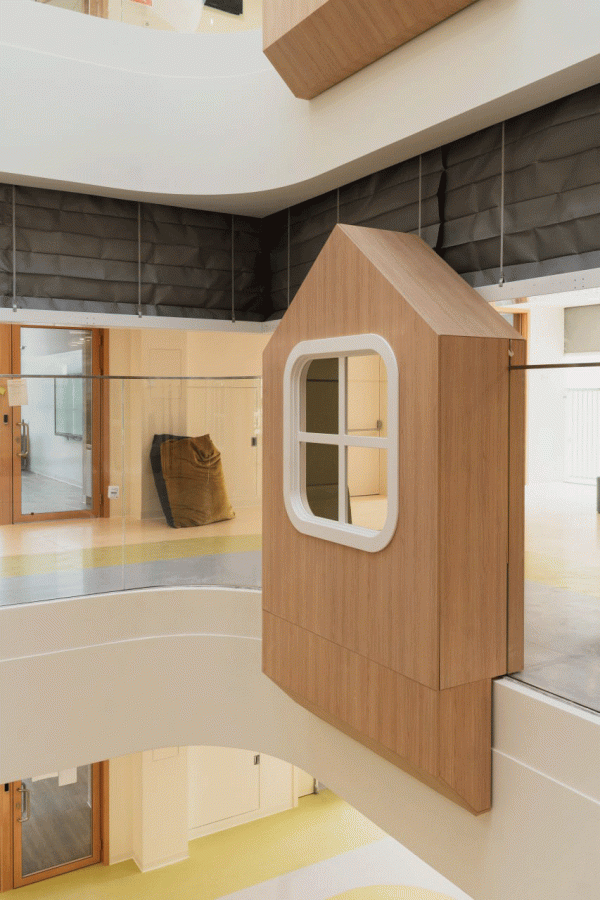 Letovo JuniorCopyright: Photo © Elena Pashkevich / provided by NF studio Letovo JuniorCopyright: Photo © Elena Pashkevich / provided by NF studio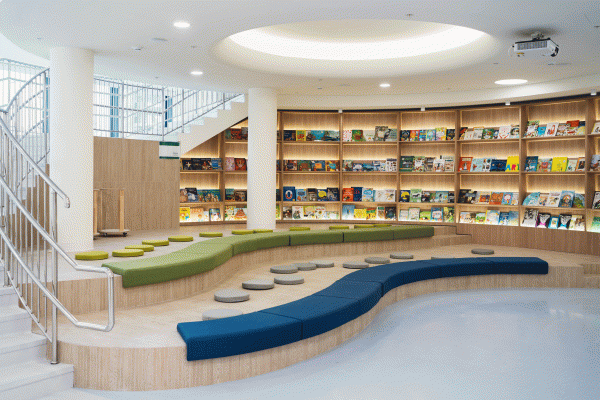 Letovo JuniorCopyright: Photo © Elena Pashkevich / provided by NF studio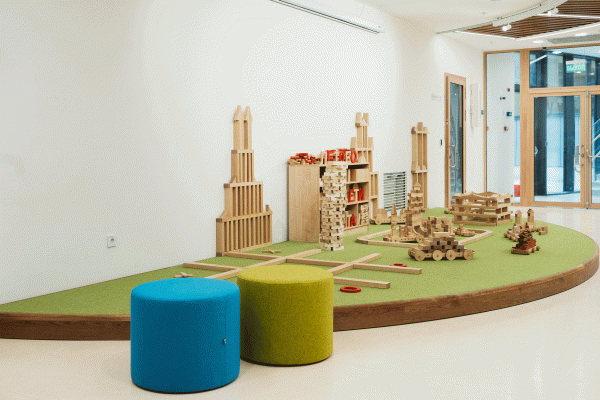 Letovo JuniorCopyright: Photo © Elena Pashkevich / provided by NF studio Letovo Junior. Kindergarten group unitsCopyright: Photo © Elena Pashkevich / provided by NF studio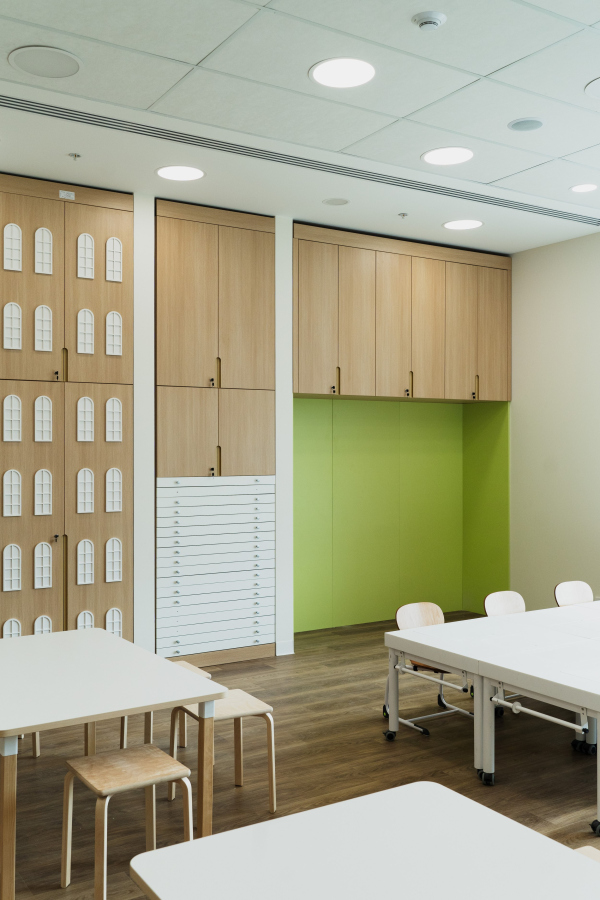 Letovo Junior. Kindergarten group unitsCopyright: Photo © Elena Pashkevich / provided by NF studio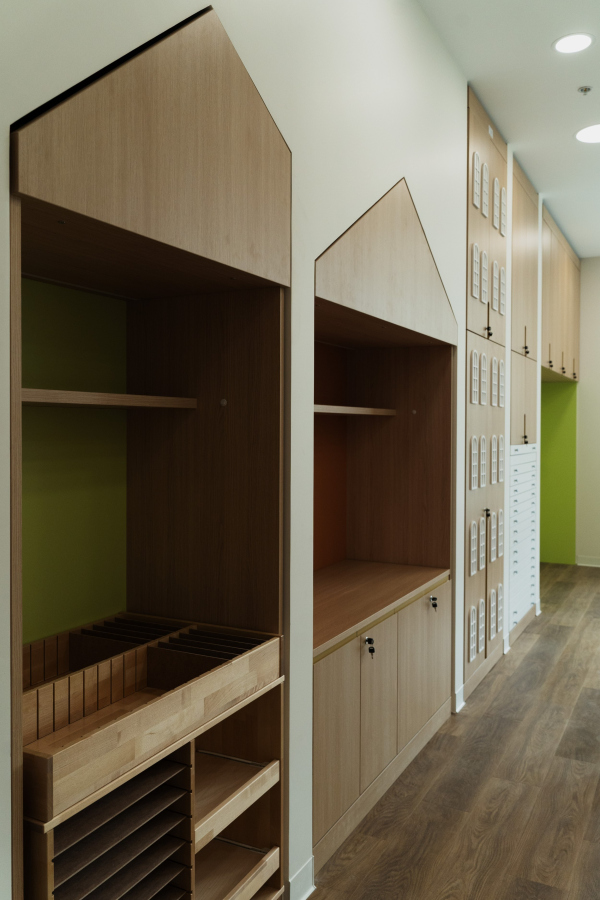 Letovo Junior. Junior classroomsCopyright: Photo © Elena Pashkevich / provided by NF studio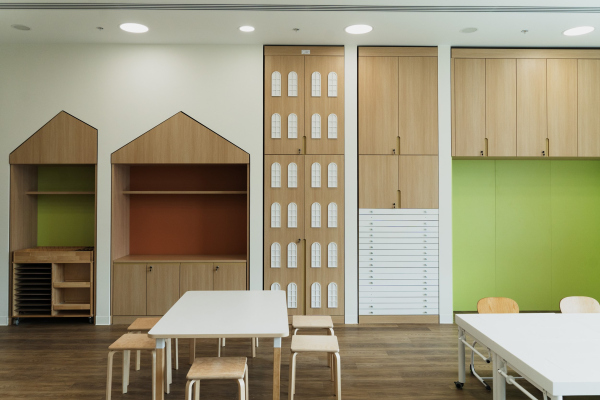 Letovo Junior. Kindergarten group unitsCopyright: Photo © Elena Pashkevich / provided by NF studio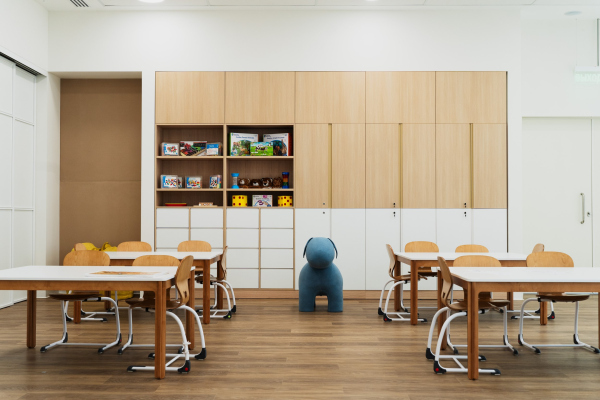 Letovo Junior. Kindergarten group unitsCopyright: Photo © Elena Pashkevich / provided by NF studio Letovo Junior. Junior classroomsCopyright: Photo © Elena Pashkevich / provided by NF studio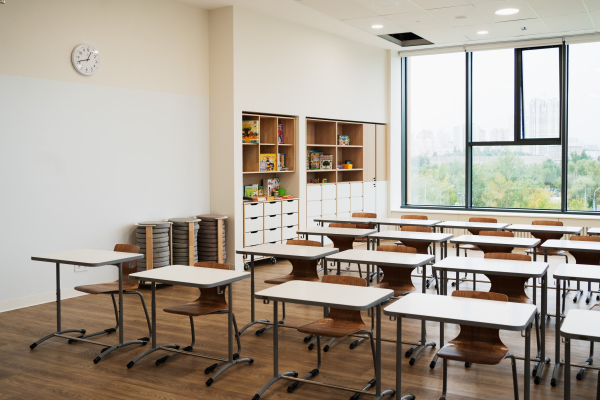 Letovo Junior. Junior classroomsCopyright: Photo © Elena Pashkevich / provided by NF studio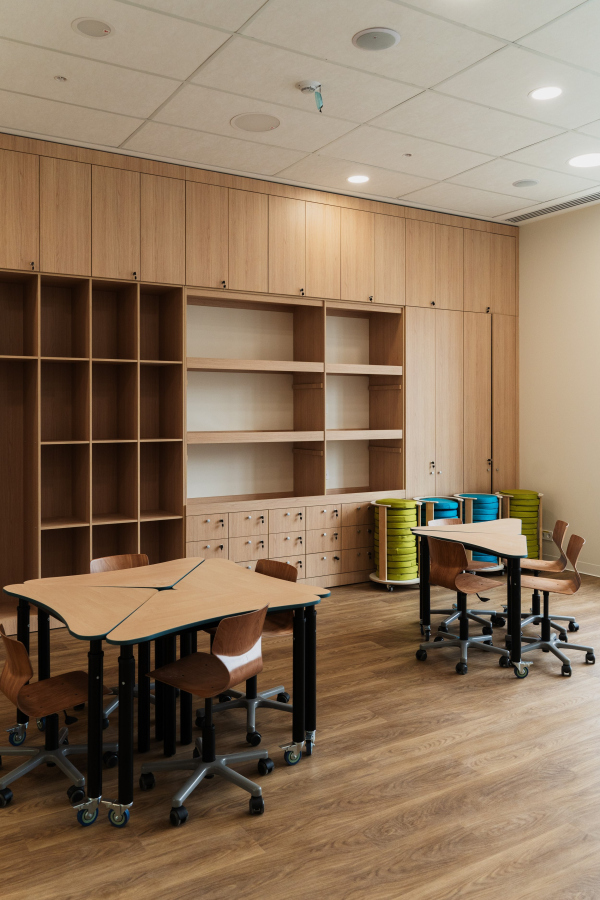 Letovo Junior. Junior classroomsCopyright: Photo © Elena Pashkevich / provided by NF studio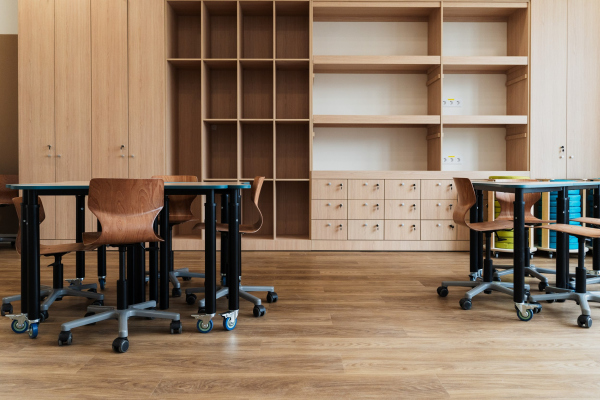 Letovo Junior. Junior classroomsCopyright: Photo © Elena Pashkevich / provided by NF studio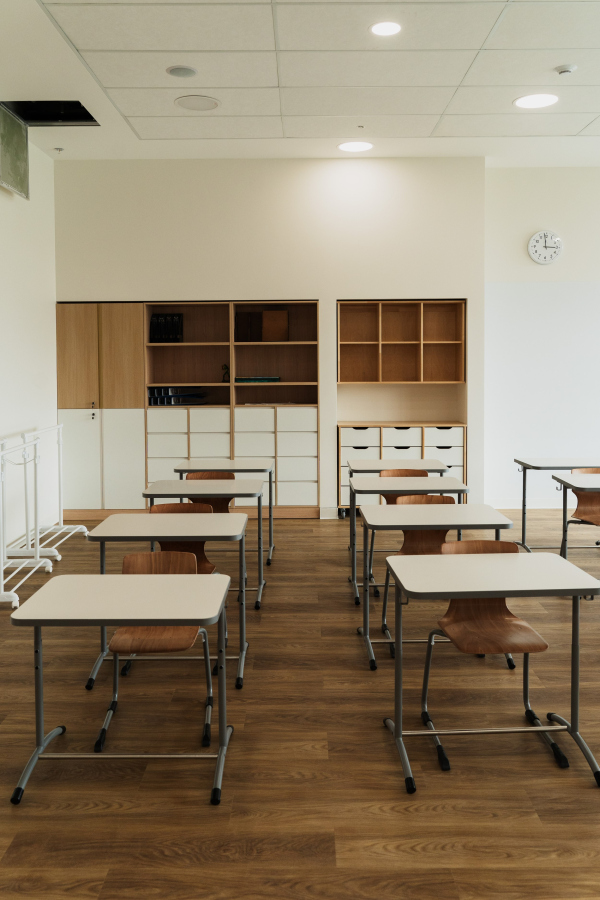 Letovo Junior. Junior classroomsCopyright: Photo © Elena Pashkevich / provided by NF studio Letovo Junior. Middle schoolCopyright: Photo © Elena Pashkevich / provided by NF studio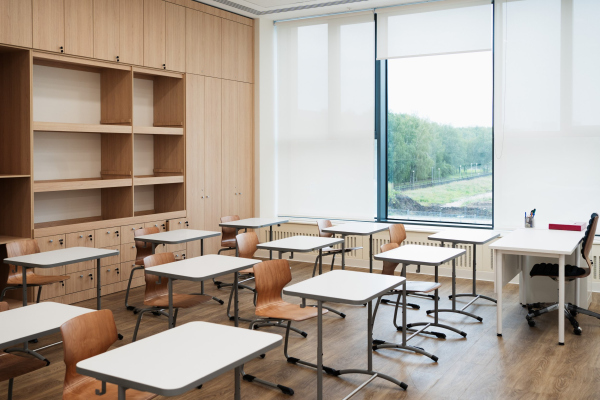 Letovo Junior. Middle schoolCopyright: Photo © Elena Pashkevich / provided by NF studioLetovo JuniorCopyright: Photo © Elena Pashkevich / provided by NF studioLetovo JuniorCopyright: Photo © Elena Pashkevich / provided by NF studioLetovo JuniorCopyright: Photo © Elena Pashkevich / provided by NF studio |
|




